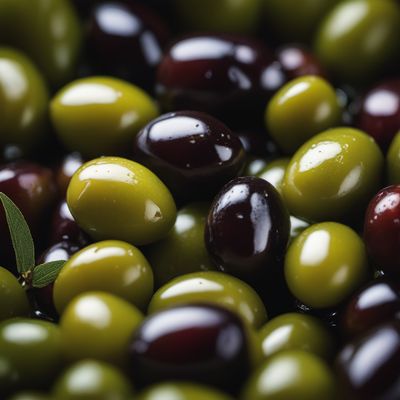
Ingredient
Other oil fruits
The Versatile Oil Fruits
Other oil fruits include avocados, olives, coconuts, and many more, each with its own unique flavor and culinary applications. They are known for their high oil content, creamy textures, and rich flavors, making them versatile ingredients in various cuisines.
Origins and history
Oil fruits have been cultivated and used for centuries in different parts of the world. Avocados, for example, have a long history in Central and South America, while olives have been a staple in Mediterranean cuisines for thousands of years.
Nutritional information
Oil fruits are rich in healthy fats, vitamins, and minerals. They provide essential nutrients and are a great source of energy. However, they are also high in calories, so portion control is important.
Allergens
Individuals with allergies to specific oil fruits should avoid consuming them to prevent allergic reactions.
How to select
When selecting oil fruits, choose ones that are ripe but not overripe. Look for fruits that are firm, with no soft spots or mold. For avocados, gently squeeze the fruit to check for ripeness.
Storage recommendations
To prolong the shelf life of oil fruits, store them in a cool, dry place away from direct sunlight. Some oil fruits, like avocados, can be stored in the refrigerator to slow down ripening.
How to produce
Many oil fruits can be grown in home gardens or purchased from local farmers markets. However, some varieties, such as coconuts, may require specific growing conditions and are best purchased from specialty stores.
Preparation tips
Oil fruits can be used in a multitude of ways, from making creamy guacamole with avocados to marinating olives in herbs and spices. They can also be pressed to extract oil for cooking or used in skincare products for their moisturizing properties.
Culinary uses
Oil fruits are widely used in various cuisines around the world. Avocados are popular in Mexican and Californian cuisines, olives are a staple in Mediterranean dishes, and coconuts are commonly used in Southeast Asian and Caribbean cuisines.
Availability
Oil fruits are cultivated in many regions globally, including Central and South America, the Mediterranean, Southeast Asia, and the Caribbean.

